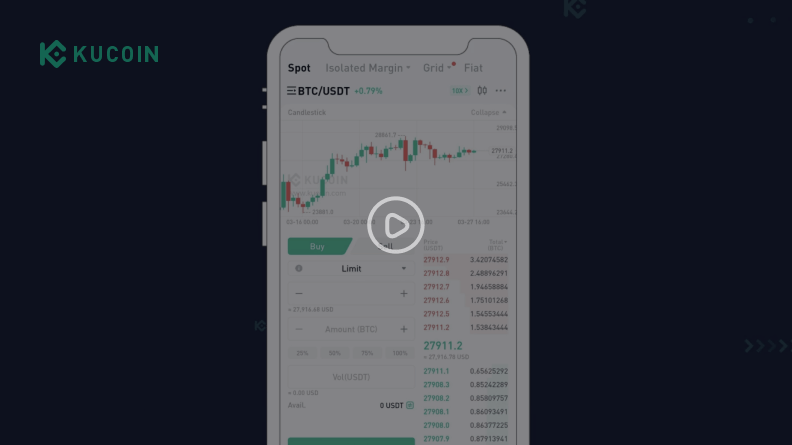The interoperability, support for smart contracts, decentralized oracle, security, and governance features of the Flare Network make it an attractive investment opportunity compared to other crypto projects.
Interoperability
The Flare Network is designed to enable robust interoperability between various blockchains. This means that applications built on the Flare Network can interact with external blockchains, which can help expand the utility and use cases of the network.
Smart Contracts
The Flare Network supports the Ethereum Virtual Machine (EVM) and smart contracts, which can facilitate the development of dApps on the network. This can help increase the adoption and demand for FLR tokens.
Decentralized Oracle
The Flare Time Series Oracle (FTSO) is a decentralized oracle for time-series data, such as asset prices, data indices, etc. Oracles are an essential component of many blockchain applications, and the FTSO can help improve the accuracy and reliability of data within the Flare Network.
Security
The Flare Network uses the Avalanche consensus algorithm, designed for high security and resistance to attacks. This can help enhance the network’s overall security and reduce the risk of attacks or hacks.
Governance
FLR tokens are used for governing the Flare Network, which means that token holders have a say in how the network is operated and can propose and vote on changes to the network. This can promote a more decentralized and community-driven network.




 -2.01%
-2.01%

























